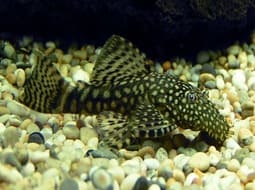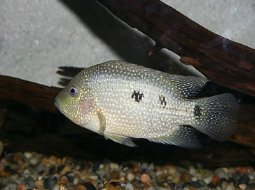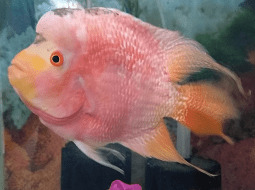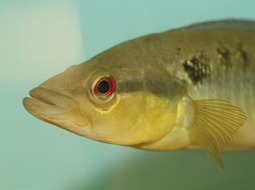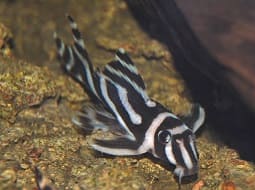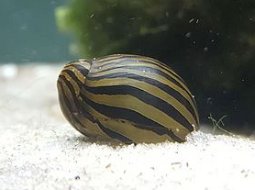
Loading Aqualapp ...
Care and Compatibility of Midas king fish - Amphilophus citrinellus
Introduction
Amphilophus citrinellus, commonly known as the Midas Cichlid, is a species of cichlid native to Central America, specifically the lakes of Nicaragua and Honduras. These fish are known for their impressive appearance and aggressive behavior. The Midas Cichlid is highly popular among cichlid enthusiasts due to its vibrant colors and interesting behavior.
Behavior
The Midas Cichlid is known for its territorial and aggressive behavior, especially during the breeding season. They are strong-willed fish that can display dominance towards other fish in the aquarium. It is recommended to keep them in a sufficiently large aquarium and provide them with hiding places and separate territories to reduce conflicts.
Sexual Dimorphism
Sexual dimorphism in Amphilophus citrinellus is subtle but observable. Males tend to be larger and have longer, more pointed fins than females. During breeding season, males may develop more intense colors and display more pronounced territorial behaviors.
Reproduction
The breeding behavior of the Midas Cichlid is fascinating. During the breeding season, males develop even more intense coloration and become territorially aggressive to protect the female and their spawning territory. They build nests on hard substrates and care for and protect the eggs and fry. Providing them with a suitable environment with hiding places and ample space is crucial for successful reproduction.
Aquarium Conditions
Amphilophus citrinellus, known as the Midas Cichlid, requires a spacious aquarium with a sandy substrate and decor that includes rocks, driftwood, and dense vegetation. They are territorial and aggressive fish, especially during breeding, so it's important to provide them with enough space and hiding spots.
Feeding
The Midas Cichlid is an omnivorous fish and feeds on a variety of foods. In their natural habitat, they primarily feed on insects, crustaceans, and small fish. In the aquarium, they can be offered a balanced diet that includes high-quality commercial foods such as pellets and flakes, supplemented with live or frozen foods such as mosquito larvae, shrimp, and worms. Providing a varied diet will help maintain their health and vitality.
Complexity
Caring for Amphilophus citrinellus can be challenging due to their territorial and aggressive nature. They require a varied diet and regular aquarium maintenance to keep them healthy and well-behaved. Previous experience with cichlid care is recommended before acquiring them.
In case you need more help, or if you want to know into any topic related to the Amphilophus citrinellus (Midas king fish) and even any other species you can use the forums to ask what you need.
To do an analysis more detailed about coexistence and behavior of Amphilophus citrinellus (Midas king fish) use the Aquarium simulation tool, if you do this you can test different ways to combine the Midas king fish with other fishes giving the dimensions and space on you aquarium, on this way you can known the optimal configuration for keep the fishes that you want.
You can also find out the 31 species compatible with the Amphilophus citrinellus (Midas king fish) can live together.
Note: The parameters of the water such as PH and temperature are also used to calculate the compatibility of the species.
Compatible species (31)
Compatible (5 Species)
Compatible without any restriction
Knowing Yourself From Small (4 Species)
They can live together if they have known each other since they were very small, that is, they grew up and grew up together. it does not work in all cases, there may be exceptions.
Similar Sizes (1 Species)
They can coexist if they are the same size or very similar sizes, it does not work in all cases, there may be exceptions.
With Reservation (16 Species)
Las especies territoriales por lo general pueden convivir con especies protegidas con coraza, ya que no pueden hacerles daño por su dura piel, lo que si hay que tener en cuenta es tener un acuario con dimensiones favorables para que cada pez pueda delimitar un territorio, ya que la mayoría de peces acorazados son también peces de fondo y les gusta estar buscando lugares donde ocultarse.
Compatible in some cases, it depends on the nature and personality of the fish.
By nature these fish know that they should not eat other fish with an exoskeleton but it could be the case that they try to eat it out of hunger or curiosity.
Showdown over territory (3 Species)
Fish can live together as long as the space is spacious enough to delimit a territory, otherwise there may be aggressions for competing for the territory.
Considerable size difference (2 Species)
They can coexist while they are similar in size or the size difference is not very abysmal, since as the fish grows it increases the chances of eating its partner that did not grow much.
Midas king fish
Amphilophus citrinellus
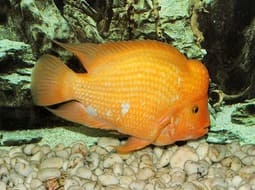
- Ph: 7 - 8.5
- Temperature (c°): 23 - 33
- Measures: 20 cm - 30cm
- Aquarium Capacity:
210 Liters - 55 Gallons - Alimentación: Omnivores
- Colores: Orange, Red
- Comportamiento: Active, Aggressive, Territorial
- Habitad: American
- Preferencias del Acuario: Rocks
- Tamaño: Big
- Taxonomía: Cichlids, Fish
- Tipo de Agua: Sweet water
- Velocidad de nado o movimiento: Normal
- Zona de Nado: Aquarium background, Swim in the middle of the aquarium

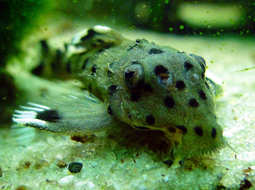
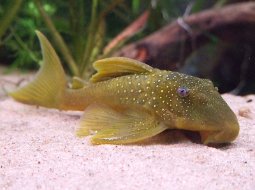

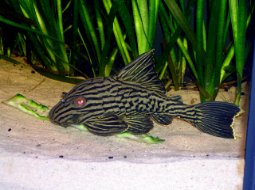


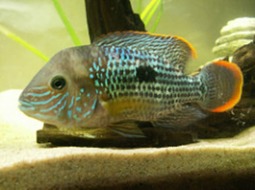
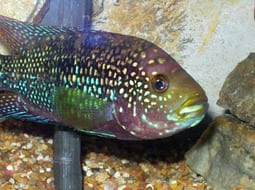
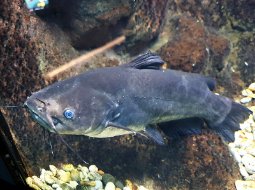

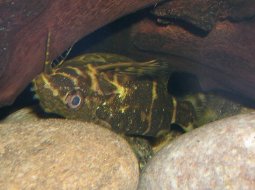
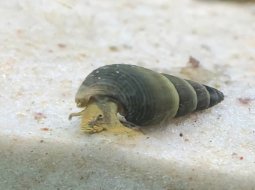




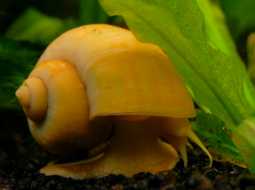
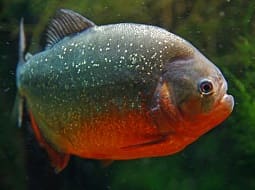

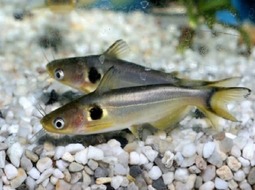
.jpg)


